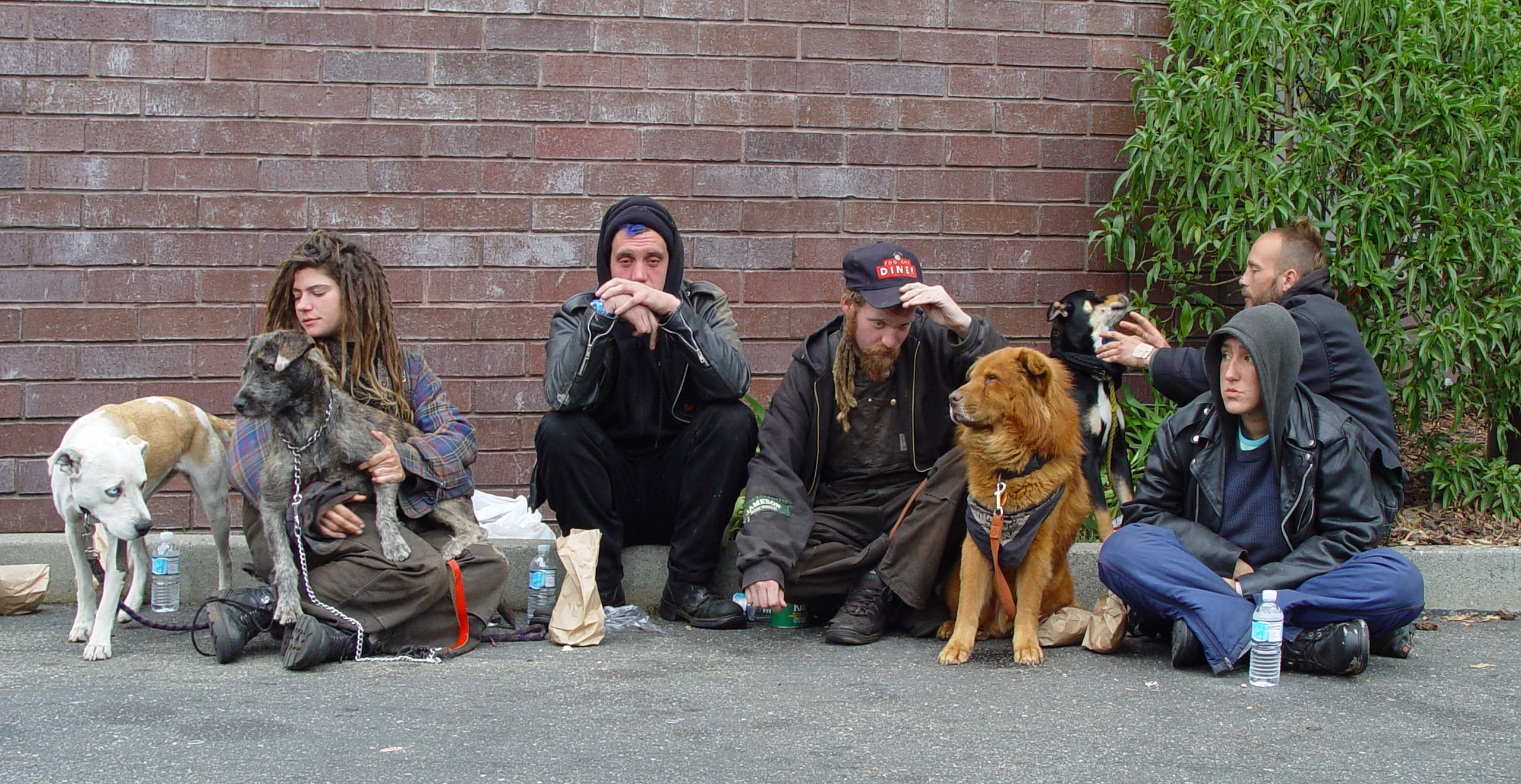A vulnerable population like the elderly needs special protections and access to quality healthcare. According to the National Institute on Aging, the number of Americans aged 65 and older is set to double in the next 25 years, while Americans aged 85 and older make up the fastest growing age group in the U.S. Taking these facts into consideration, we must work to lower the cost of long-term care, address understaffing at residential healthcare facilities and prevent instances of elder abuse.
Demands for long-term residential care for the elderly will continue to increase in the foreseeable future. So, what stands in the way of doing what’s right for our senior citizens?
First and foremost, high costs make long-term residential care unattainable for a large portion of senior citizens. According to longtermcare.gov, a website managed by the U.S. Department of Health and Human Services, the national average cost for a semi-private room in a nursing home is, “$225 a day or $6,844 per month.” That is a huge expense.
For the most part, Medicare will only cover short-term stays at residential healthcare facilities. Medicaid will cover long-term care but one must meet numerous eligibility requirements that vary state-by-state. For example, to be eligible for Medicaid in New Jersey an individual cannot have an income that exceeds $2,349 per month and assets that exceed $2,000, according to the American Council on Aging.
Understaffing is another issue that has largely hindered the performance of residential healthcare facilities. According to an article published in Kaiser Health News, new data gleamed from nursing homes’ payroll data in 2018 shows, “… 2,633 of the nation’s 15,563 nursing homes,” failed to meet Medicare’s staffing standards.
Federal legislation aimed at increasing staffing standards at nursing homes should be realized. According to an issue briefing published by Kaiser Family Foundation, “Federal nursing home staffing requirements have not changed since 1987, although research and experts support higher mandatory minimum staffing standards.”
While the high cost of long-term care and understaffed nursing homes may cause the elderly financial and psychological stress, they also face the risk of physical harm. The overuse of antipsychotic medications to treat those with dementia is another problem that needs more attention.
According to a report from Human Rights Watch, carelessly administering anti-psychotic medications is more common in understaffed long-term care facilities where the drugs’ sedative effects make it easier for the staff to manage residents with dementia.
The report from Human Rights Watch also highlights the findings of an investigation that shows how widespread the misuse of these drugs is in nursing homes across the U.S. The report states, “In an average week, nursing facilities in the United States administer antipsychotic drugs to over 179,000 people who do not have diagnoses for which the drugs are approved.”
Antipsychotic medications are often given to residents with dementia without free or informed consent, according to the Human Rights Watch report. “The drugs’ use as a chemical restraint—for staff convenience or to discipline or punish a resident—could constitute abuse under domestic law and cruel, inhuman, and degrading treatment under international law,” according to Human Rights Watch.
Measures should be taken to improve the quality of care that residents of nursing homes and long-term care facilities receive. Poor training of employees and inadequate staffing can lead to neglect. According to the Long Term Care Community Coalition, insufficient monitoring can increase the likelihood of residents experiencing falls, pressure ulcers, infection, malnutrition, and isolation.
In 2018, the Centers for Medicare and Medicaid Services ramped up their oversight efforts to identify nursing homes that have inadequate staffing levels using “frequently-updated payroll-based data.” The new system made it easier for CMS to spot facilities with poor staffing standards and allow for state agencies to conduct inspections based on their findings.
As the population of Americans aged 65 and older continues to grow in large numbers, the nation’s long-term care facilities must be improved. We can do what’s right for our senior citizens by making long-term care more affordable, addressing staffing shortages at nursing homes and preventing elder abuse.



